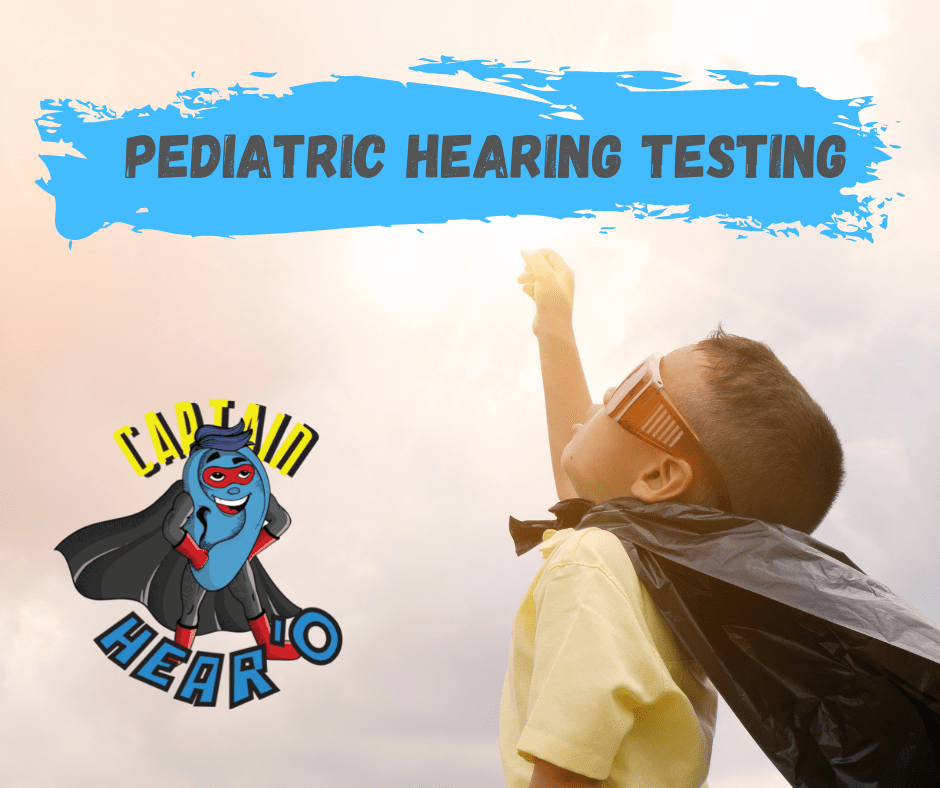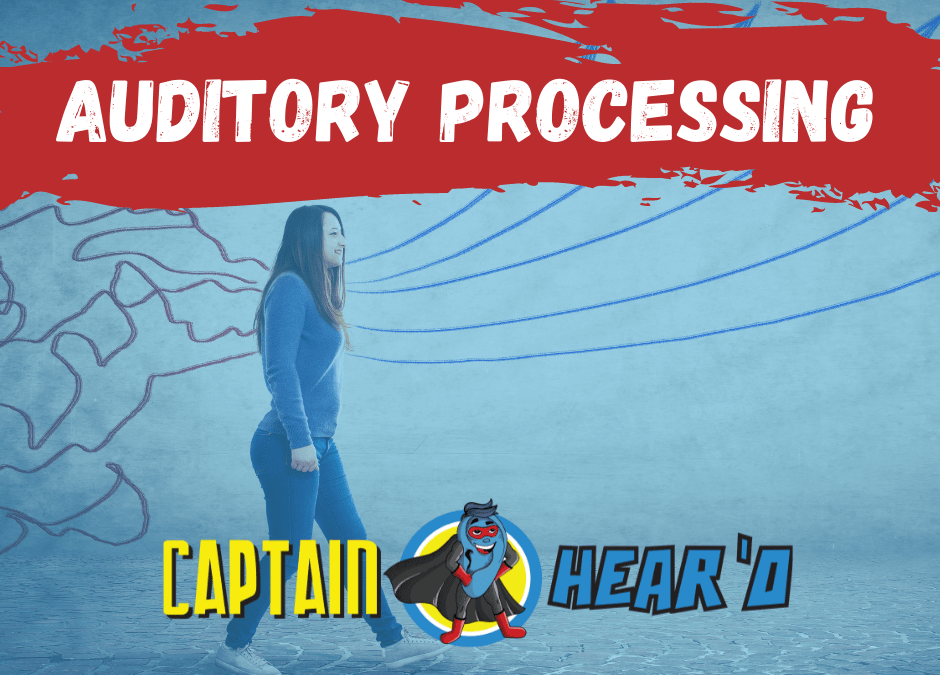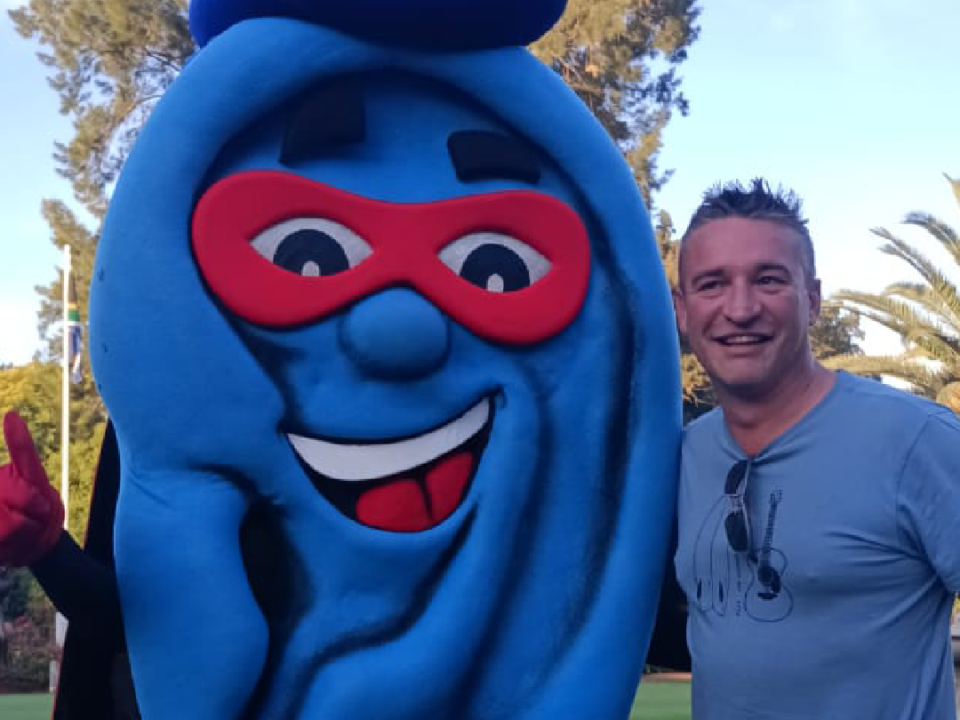
Hearing testing in children
5th Jul 2021
What does my audiologist need to know before starting a hearing test?
27th Aug 2021

We frequently refer to our ears has to do the listening but our ears are actually just the way in. True hearing happens in the auditory cortex of our brains. In the auditory cortex sounds are detected, recognized before it can be comprehended. The process matures with time and by the age of 7 children to start to show maturity in the auditory processing abilities.
From a young age, auditory processing difficulties can be detected with certain red flags that can be looked out for.
- Struggling to follow basic instructions
- Group settings in the classroom is difficult to follow
- Typically, children that are labeled as “busy” or struggling in class
- Similar sounding words are difficult to distinguish
- Loud sounds might be upsetting
- Difficulty with word memory for example remembering the days of the week or ABC’s
- Struggling to follow a rhyme
- Normal hearing abilities, but still displays signs of hearing loss
Children in their pre-school years are referred to the audiologist when these red flags are detected. If these skills are not improving, a formal auditory processing assessment can be done to determine specific weakness in auditory processing abilities or diagnosis of auditory processing disorder could be made. In cases of auditory processing disorder, a child will have the inability to appropriately analyze and comprehend sounds.
Treatment options for auditory processing abilities:
Speech therapists, audiologists and occupational therapist can often assist in improving auditory processing abilities depending on the difficulties a child might be experiencing.
In cases of severe auditory processing disorder, child might use an FM system. An FM system is the most effective in improving speech perception in a noisy environment such as a classroom. The speaker (the teacher, speech therapist or occupational therapist) uses a microphone to send sounds to the child that is wearing hearing aids that are paired to the microphone. This allows for the speaker’s voice to be enhanced and clearly perceived by the listener. Research has also shown an improvement for children with dyslexia when using a FM system. It reduces the background noise and brings the speaker’s voice closer for clarity. Therefore, it does not matter where a child is seated in class the signal to noise ratio will improve and making the learning environment easier for the child.

FM systems are also used in classrooms for child with hearing loss. It gives the same benefits as for children with auditory processing disorder by improving speech clarity and reducing the background noise. For children with auditory processing disorder and children with hearing loss an FM system should be used in all learning environments such as the classroom, therapeutic services and in group settings. It is a long-term solution to improve their speech perception.
FM systems can also be used in higher education or in adulthood. Adults with normal hearing struggling in difficult listening environments can also make use of an FM system. There are different options for a microphone such as a microphone for the speaker that looks like a pen or even table unit that can be placed in the middle of a meeting. Each microphone option depends on the individual’s day to day needs and should be discussed with the audiologist.
 Dr Audie’s advice:
Dr Audie’s advice:
Contact your audiologist today if you notice you or your child have auditory processing difficulties. The first step is a hearing test.
info@captain-hearo.co.za




